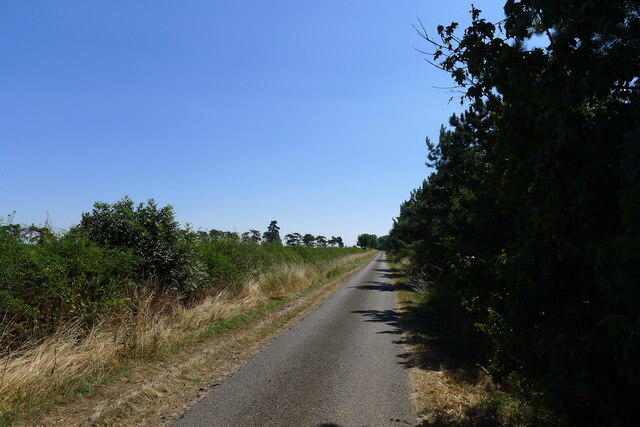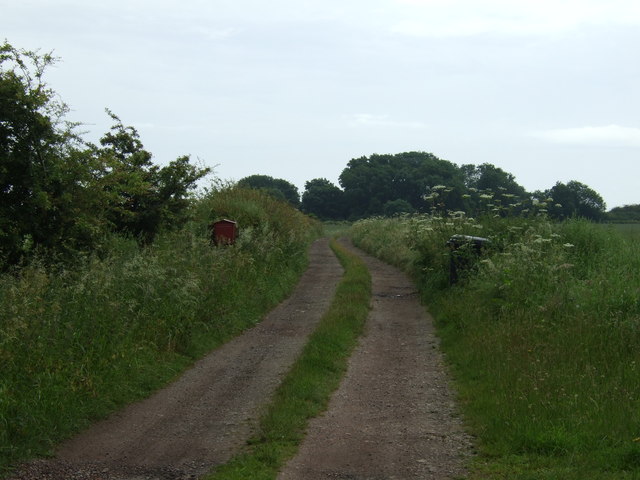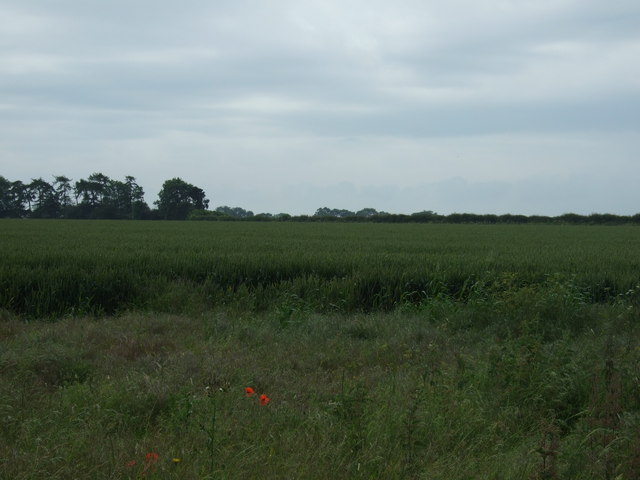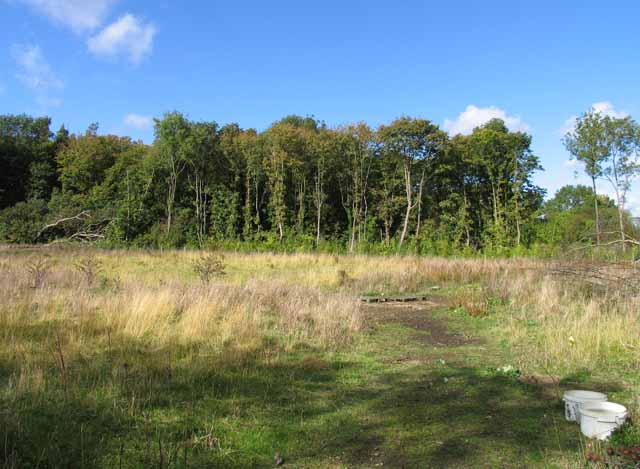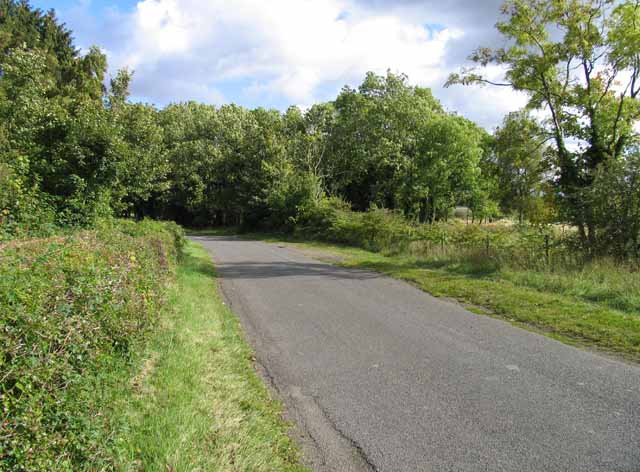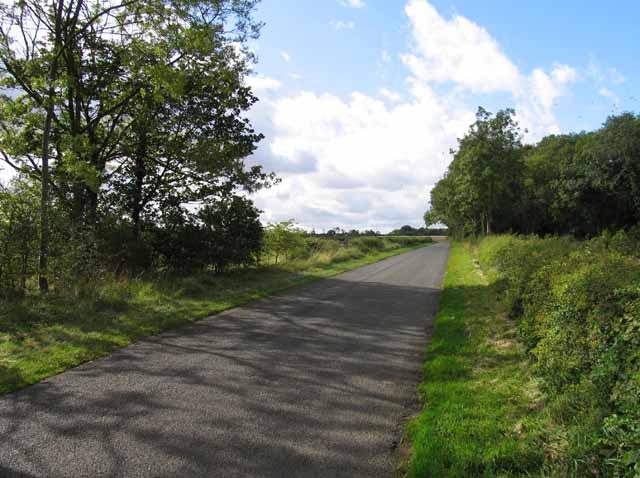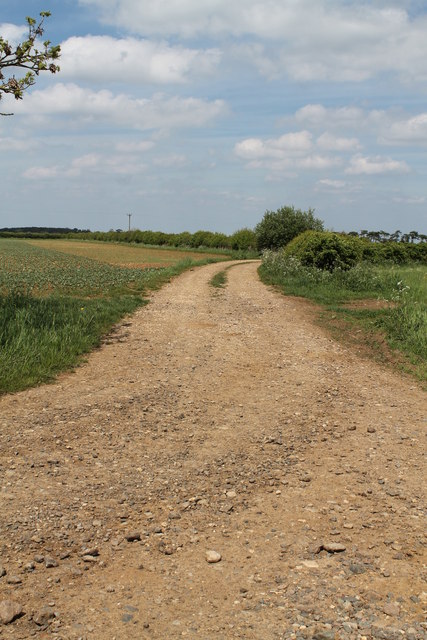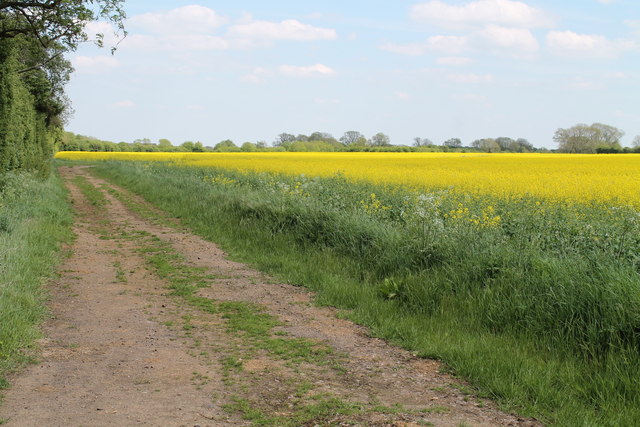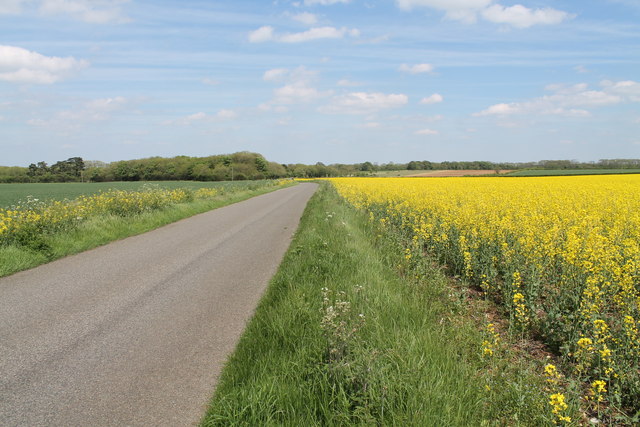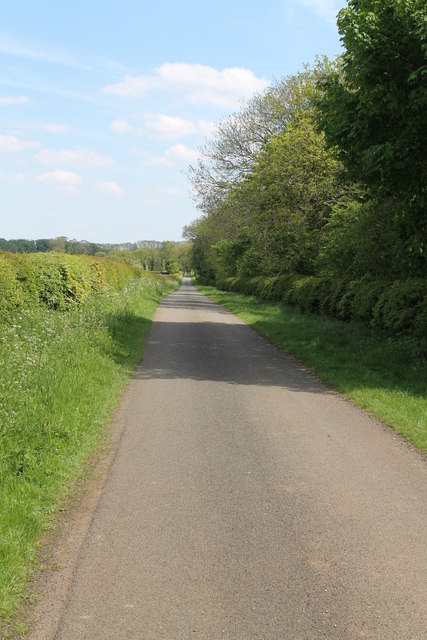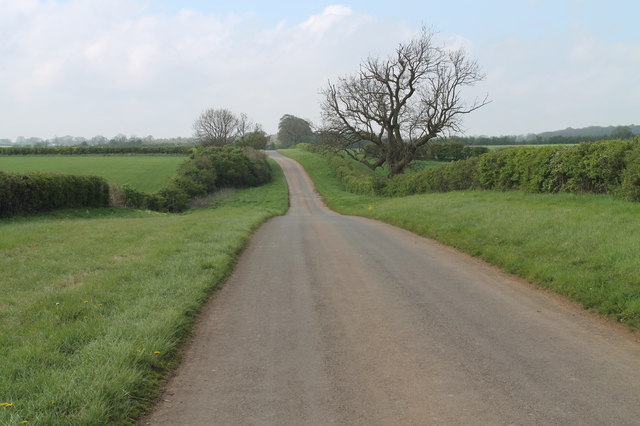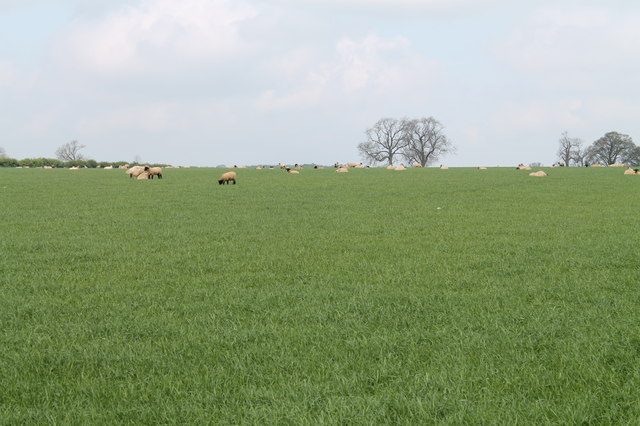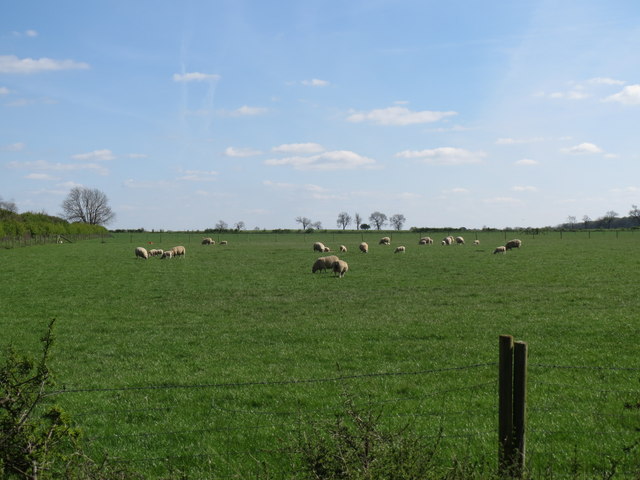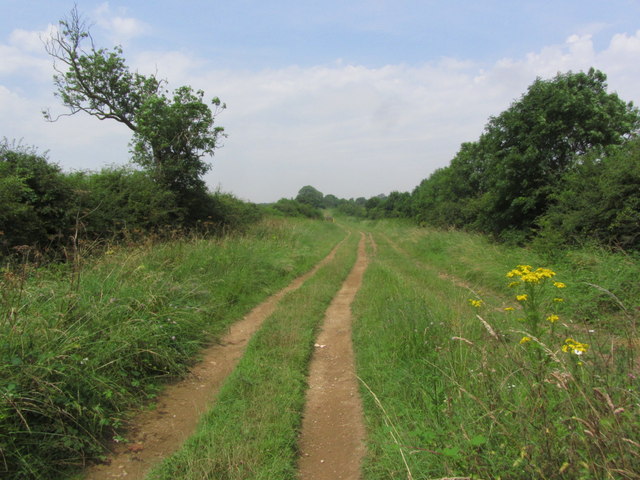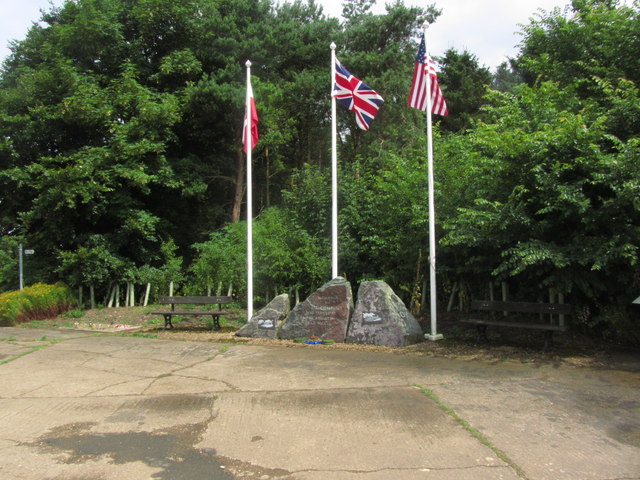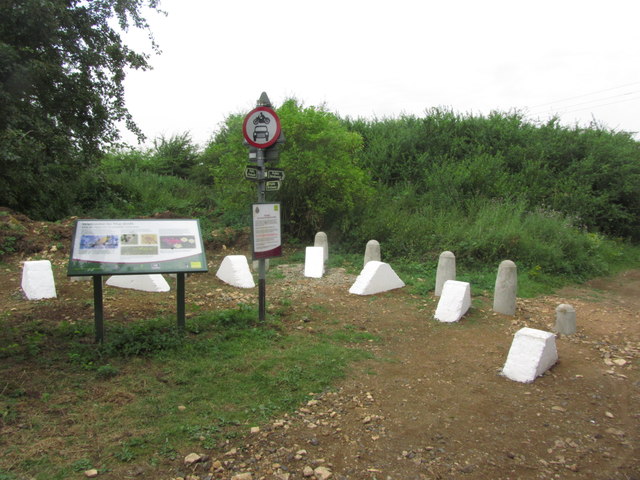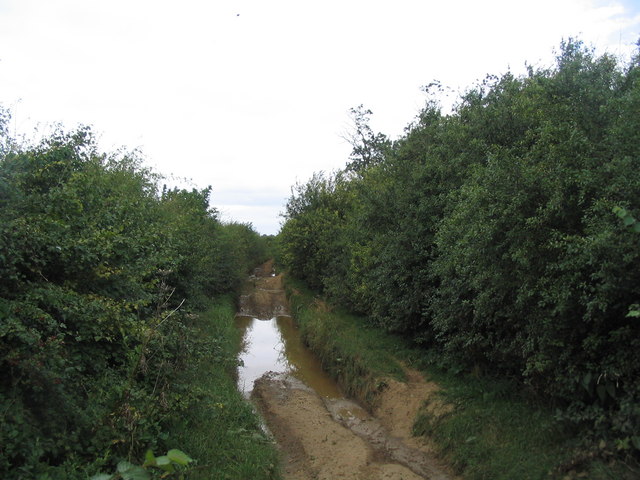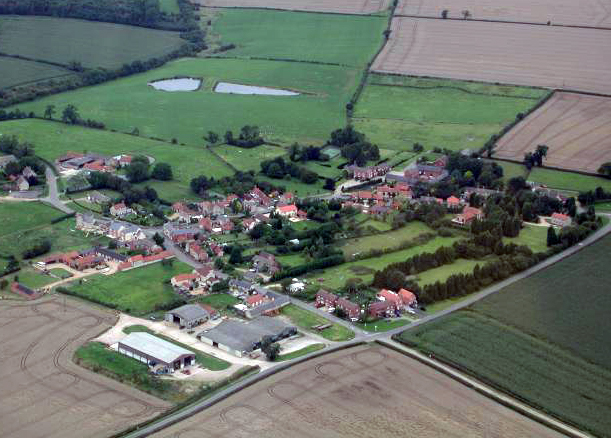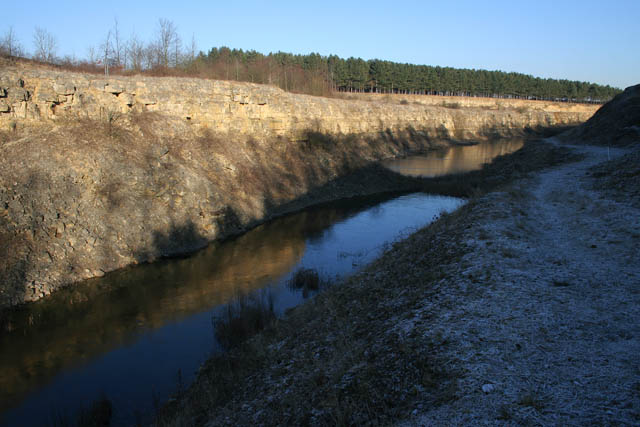Egypt Plantation
Wood, Forest in Leicestershire Melton
England
Egypt Plantation
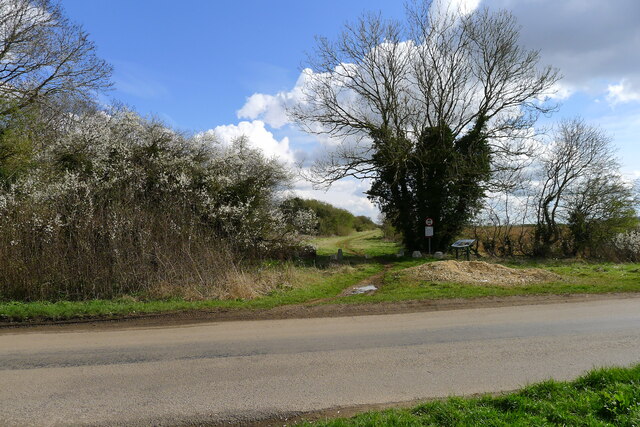
Egypt Plantation is a woodland area located in Leicestershire, England. Situated in the heart of the county, it covers a vast expanse of approximately 500 acres. The plantation is part of the wider Charnwood Forest and is named after the Egyptian-style obelisk monument that stands within its boundaries.
The woodland is characterized by a diverse range of tree species, including oak, ash, birch, and beech, which create a dense canopy and provide a rich habitat for a variety of wildlife. The forest floor is adorned with a carpet of wildflowers during the spring and summer months, adding to the natural beauty of the area.
Egypt Plantation offers several walking trails and paths that wind through the woodland, allowing visitors to explore its tranquil surroundings. These paths are well-maintained and offer stunning views of the surrounding countryside. The plantation is a popular destination for nature enthusiasts, hikers, and cyclists who are drawn to its peaceful atmosphere and abundant wildlife.
The area also holds historical significance, as it was once a medieval hunting ground. The obelisk monument, which stands at the highest point of the plantation, was erected in the 19th century as a tribute to the Third Earl of Stamford, who owned the land.
Overall, Egypt Plantation is a picturesque woodland area in Leicestershire, known for its diverse flora and fauna, scenic walking trails, and historical significance. It offers a serene escape from the hustle and bustle of everyday life, providing visitors with an opportunity to immerse themselves in nature's beauty.
If you have any feedback on the listing, please let us know in the comments section below.
Egypt Plantation Images
Images are sourced within 2km of 52.841714/-0.71419314 or Grid Reference SK8627. Thanks to Geograph Open Source API. All images are credited.

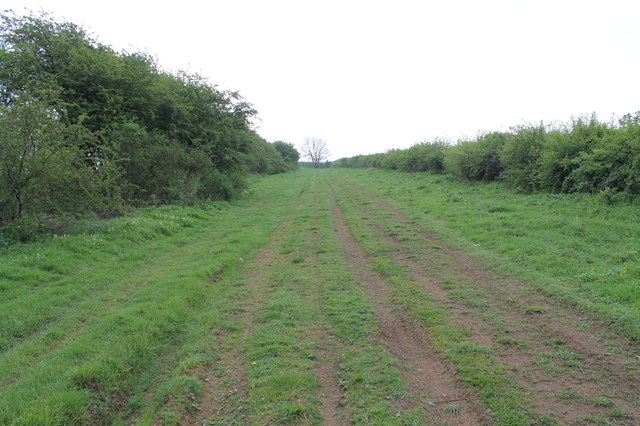
Egypt Plantation is located at Grid Ref: SK8627 (Lat: 52.841714, Lng: -0.71419314)
Administrative County: Leicestershire
District: Melton
Police Authority: Leicestershire
What 3 Words
///originate.realm.orchestra. Near Colsterworth, Lincolnshire
Nearby Locations
Related Wikis
King Lud's Entrenchments and The Drift
King Lud's Entrenchments and The Drift is a 23.9 hectares (59 acres) biological Site of Special Scientific Interest which straddles the border between...
RAF Saltby
Royal Air Force Saltby or more simply RAF Saltby is a former Royal Air Force station located near Saltby, Leicestershire, England. It is now home to Buckminster...
Saltby
Saltby is a village and former civil parish, now in the parish of Sproxton, in the Melton borough of Leicestershire, England. It lies close to the River...
Sproxton Quarry
Sproxton Quarry is a 5.4 hectares (13 acres) geological Site of Special Scientific Interest north-east of Sproxton in Leicestershire. It is a Geological...
Nearby Amenities
Located within 500m of 52.841714,-0.71419314Have you been to Egypt Plantation?
Leave your review of Egypt Plantation below (or comments, questions and feedback).
